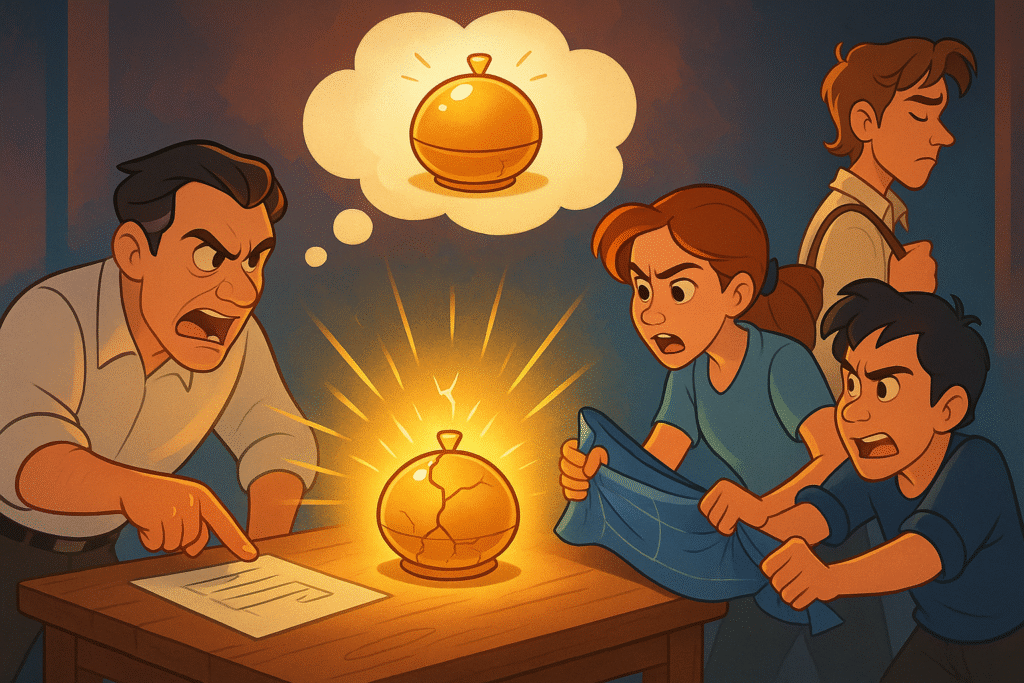
Too many times, I’ve seen brilliant products brought down by the very teams that created them.
A revolutionary software platform dies as founding partners descend into backstabbing and legal battles.
An innovative health device withers as key engineers flee a toxic work environment.
A groundbreaking app implodes when leadership can’t agree on its core purpose.
The product itself wasn’t the problem.
The company was.
We obsess over product-market fit, but rarely discuss something equally critical: team-product alignment. Even the most ingenious innovation can’t survive internal dysfunction.
This pattern repeats with frustrating, infuriating consistency.
A promising startup secures funding, develops a compelling product, and then collapses from within as the team fractures under pressure.
I’ve consulted with many of these companies through the decades, watching in real-time as interpersonal conflicts devoured market opportunities.
The three most common killers:
Partner infighting is perhaps the most lethal. When founders shift from united visionaries to adversaries battling over control, resources, and recognition, the product inevitably suffers. Strategic decisions become proxy wars for personal conflicts. Innovation stalls as energy diverts to internal politics.
Talent retention creates another vulnerability. Products are only as good as the teams that build and support them. When toxic leadership, misaligned incentives, or cultural dysfunction drive away key contributors, critical knowledge and momentum disappear with them.
Vision drift may be the most insidious. Teams that can’t maintain consensus on what they’re building and why will create products that please no one. Every feature becomes a compromise, every pivot a partial commitment.
In I Need That, I get into how successful products require organizational alignment beyond technical excellence. The companies that consistently deliver breakthrough products have mastered the human systems that support innovation.
Product Payoff: Basecamp (formerly 37signals) has maintained remarkable product consistency and innovation for over 20 years by deliberately constructing a company culture aligned with their product philosophy.
Founders Jason Fried and David Heinemeier Hansson built transparent decision-making processes that mirror their product’s emphasis on clarity.
They’ve maintained a flat organizational structure, limited work hours to 40 per week, eliminated internal competition, and even published their methodologies in books like “Rework” and “It Doesn’t Have to Be Crazy at Work.”
Action for today: Take a hard look at your team’s alignment with your product vision. Does the company culture mirror the values embedded in what you’re building? Are decision-making processes transparent and consistent? Do team conflicts center on substantive product questions rather than interpersonal power struggles?
The strongest products emerge from teams that operate with the same principles they aim to deliver to customers.
Have you witnessed a great product undermined by team dysfunction? Tap that reply arrow and share what happened — and what could have prevented it.
Or reach out to my team of product marketing consultants at Graphos Product.
